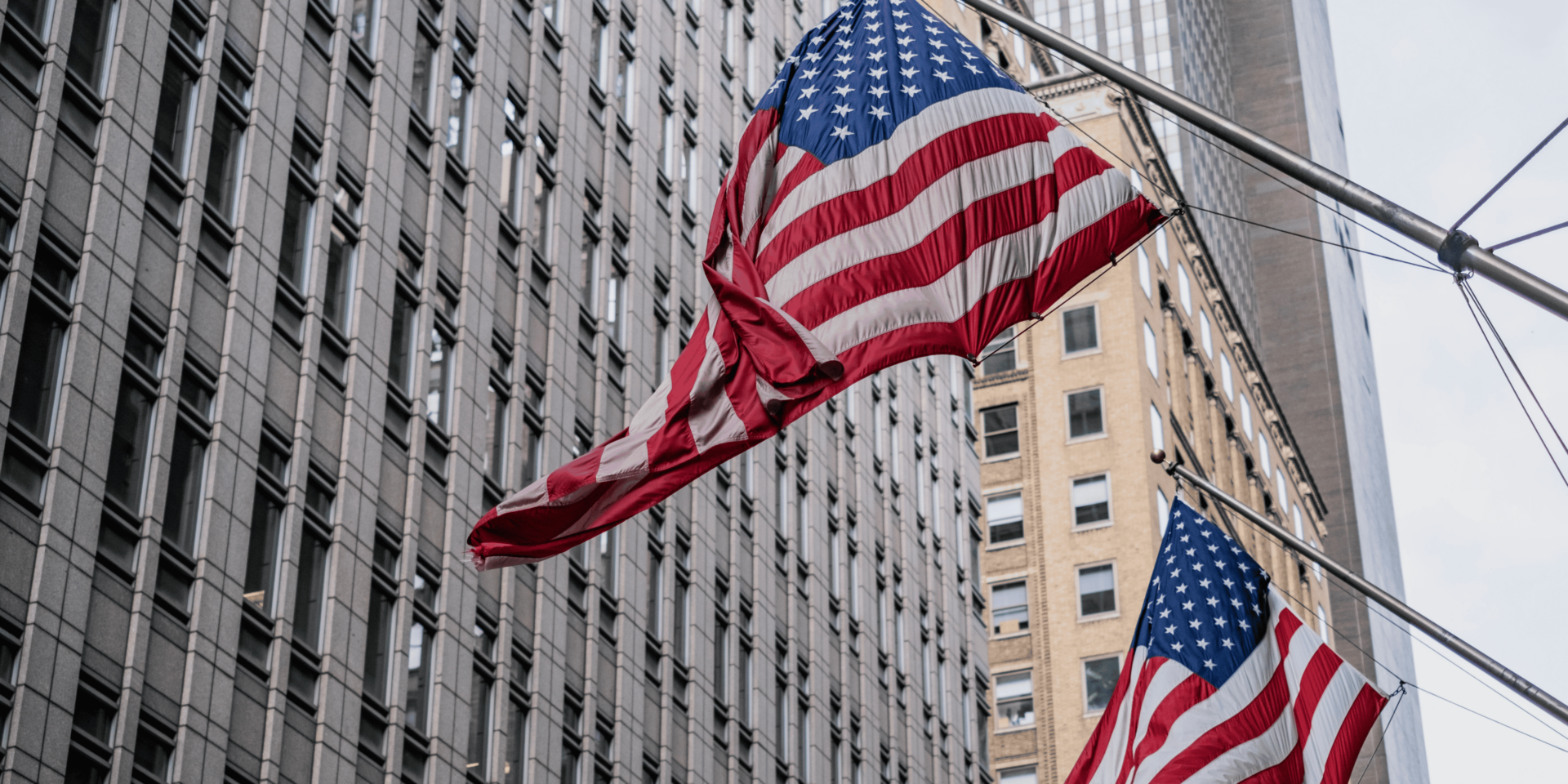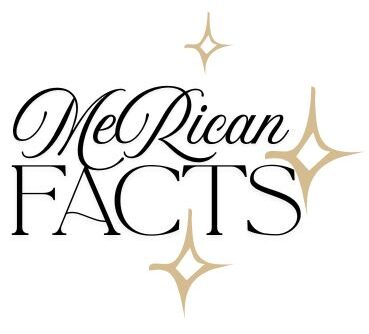Traditions as Windows Into American Identity
Traditions reveal how the United States formed its cultural identity. Many of today’s celebrations and practices grew from early encounters between different peoples, landscapes, and historical events. By tracing these origins, we uncover how customs became part of national life and why they continue to shape the country’s collective memory.
Colonial Roots of American Traditions
Colonial life introduced traditions that blended European heritage with local realities. Settlers carried practices from their homelands, but they adapted them to new environments. Agricultural rhythms dictated harvest festivals, while religious observances structured community calendars. These early customs created patterns of gathering and celebration that still resonate, linking today’s practices to centuries-old roots.
The Influence of Native Traditions
Indigenous communities shaped American traditions long before European settlement. Their agricultural knowledge influenced planting cycles, while their ceremonies honored the land and seasons. Some of these practices merged into broader cultural expressions, leaving a legacy that persists in both regional and national traditions. The blending of Indigenous and colonial customs illustrates how early encounters shaped the foundation of American identity.
Immigration and the Transformation of Traditions
Successive waves of immigrants carried languages, foods, and customs that reshaped American traditions. Communities from Ireland, Germany, Italy, and beyond wove their heritage into the fabric of daily life. Over time, these practices spread beyond their original groups, becoming part of the broader culture. Immigration ensured that American traditions remained dynamic, constantly expanding through new influences.
Regional Traditions and Cultural Diversity
Geography influenced the traditions that took root in different regions. Coastal towns developed maritime festivals tied to the sea, while inland farming communities celebrated harvest cycles. Mountain settlements preserved distinct music and storytelling practices that reflected isolation and resilience. These regional customs created diversity within the larger national identity, showing how environment and culture worked together to shape tradition.
Political Movements and National Traditions
Traditions in the United States often emerged from political movements. Public holidays such as Independence Day, Labor Day, and Memorial Day grew from moments of struggle, triumph, or remembrance. These observances transformed political events into cultural practices that reinforced collective values. They ensured that national achievements and sacrifices remained part of everyday life, not only recorded in history books.
Religion and the Persistence of Rituals
Religious communities shaped many enduring traditions in the United States. Observances tied to faith influenced family gatherings, seasonal celebrations, and public ceremonies. Churches, synagogues, and temples provided spaces where rituals reinforced both spiritual life and cultural identity. These practices expanded into the public sphere, contributing to the rhythms of national life while retaining their local and personal meanings.
A Realistic Scene of Tradition in Action
On a summer evening in a small town, families gather on the central green. Children run across the grass as the smell of food fills the air. A local band plays while residents set out chairs along the sidewalks. As darkness falls, fireworks rise above the rooftops, casting light across faces turned upward. The moment reflects more than entertainment—it demonstrates how traditions carry history into the present, binding communities through shared experience.
How Traditions Evolve Across Generations
Traditions in the United States rarely remain fixed. Each generation adapts them to reflect contemporary values and circumstances. Practices that began in one context often take on new meaning in another, keeping them relevant while preserving their roots. This evolution ensures that traditions do not fade but continue to define identity in ways that respond to the nation’s changing character.
Origins as a Guide to National Identity
Tracing the origins of American traditions reveals how history, culture, geography, and community converge. From colonial beginnings and Indigenous influence to immigration and political movements, each layer adds depth to the practices that shape national life. These traditions remain powerful because they carry stories of resilience, adaptation, and unity. By recognizing their origins, we see traditions not as static rituals but as living connections to the nation’s past and future.

